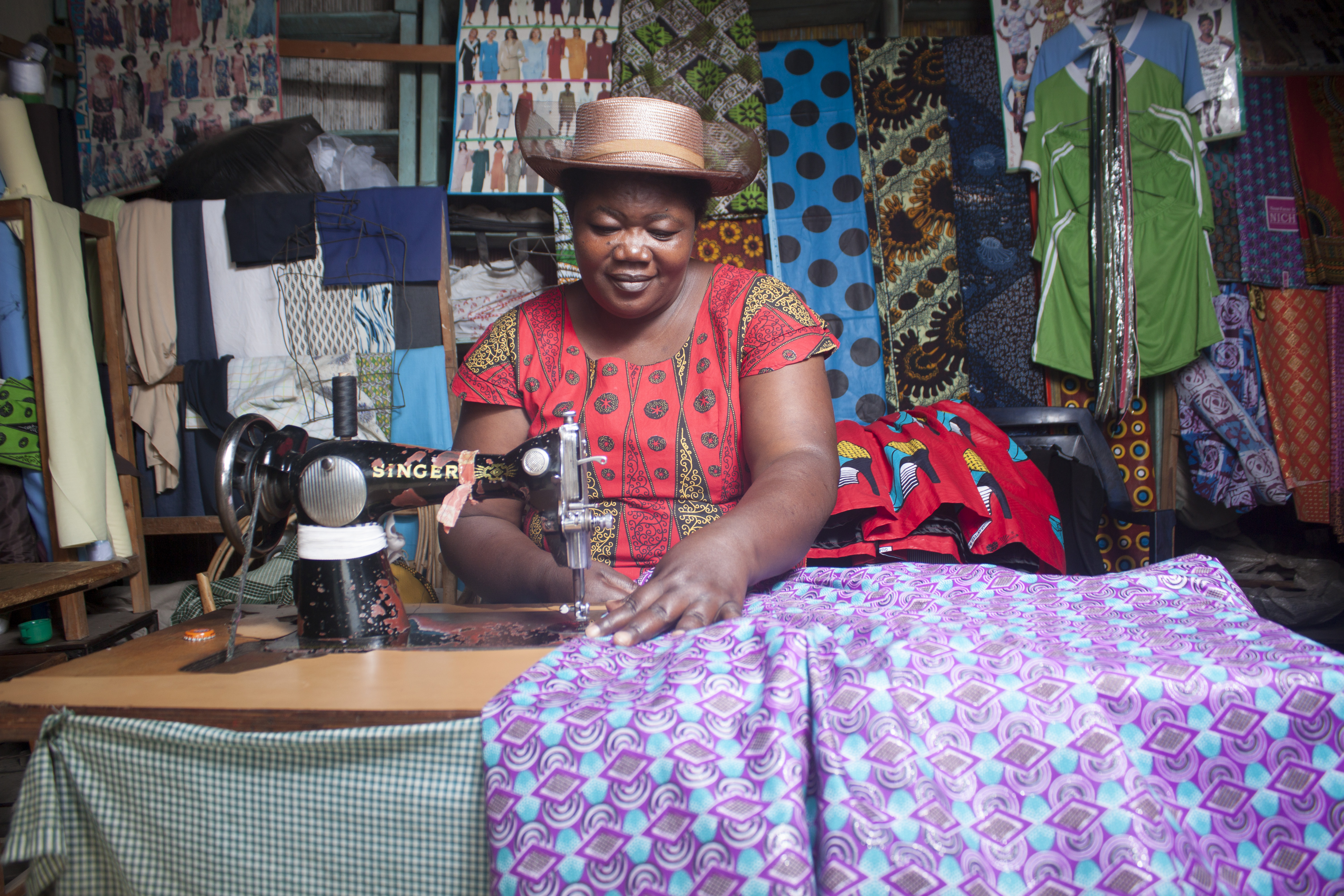Understanding the Tailoring Process: From Material Option to Last Suitable for the Suitable Closet
The customizing process is a complex interaction of art and scientific research, starting with the crucial decision of fabric choice and culminating in the accurate adjustments of last installations. Each textile kind brings distinct qualities that influence not just the aesthetic appeal however likewise the garment's long life and suitability for various celebrations. Understanding the subtleties of tailoring techniques can raise one's wardrobe to unprecedented levels of class. As we discover these elements further, one must think about how also the tiniest details can dramatically impact the total end result of one's individual style.
Value of Fabric Option
Picking the right textile is crucial in the tailoring process, as it directly affects the convenience, toughness, and general visual of the final garment (tailor perth). The choice of material establishes the structure for the garment's capability, design, and efficiency. Various textiles have distinct homes, such as stretch, breathability, and weight, which can substantially influence just how the garment drapes and fits the body
In addition, fabric choice influences the garment's long life and convenience of care. Premium textiles can hold up against damage, keeping their look and framework over time, while lower-quality materials might cause pilling or fading. Furthermore, the ideal material contributes to the garment's ability to transition throughout occasions and periods, therefore improving adaptability.
A customized piece made from an ideal fabric not only showcases workmanship but likewise raises the wearer's confidence. As a result, comprehending the nuances of textile option is vital for any customizing endeavor. It makes certain that the end product not only satisfies the visual desires of the customer however likewise lines up with functional requirements, consequently accomplishing an unified balance between kind and feature in the tailored closet.
Kinds of Fabrics and Their Uses
Recognizing the different kinds of materials offered is vital for making notified choices during the customizing process. Each fabric has unique features that dictate its suitability for specific garments and celebrations.
Its convenience allows it to be tailored into whatever from t-shirts to gowns. Its all-natural elasticity aids garments maintain form over time.
Silk emanates luxury and is lightweight, making it excellent for eveningwear and fragile blouses; however, it needs cautious handling as a result of its delicacy. Linen, with its textured finish, is a prominent option for cozy environments, providing a ventilated and crisp feel, yet it wrinkles easily, which might influence the garment's appearance.
Synthetic fabrics, such as polyester and nylon, offer sturdiness and resistance to creases, making them suitable for day-to-day wear and energetic garments. Understanding these material kinds and their homes allows for much better decision-making, making sure that each tailored item not just fits well however also aligns with the desired objective and occasion.
The Tailoring Methods Explained
The art of customizing counts on a range of methods that transform fabric into well-fitted garments. Central to this process is pattern drafting, where a dressmaker develops templates based upon the customer's dimensions and wanted style. This preliminary action ensures that the garment will certainly fit the wearer effectively before any type of reducing happens.
Once patterns are established, cutting techniques enter into play. Precision is extremely important as mistakes can lead to misfitting garments. Tailors commonly utilize various reducing techniques, such as single-layer cutting for detailed styles and multiple-layer cutting for performance on conventional patterns.
Basting is an additional crucial technique, allowing tailors to briefly sew textile items with each other for an initial fitting. This approach supplies the chance to evaluate the drape and overall shape prior to last sewing.
Seaming methods, including flat-felled joints and French joints, improve the garment's sturdiness and aesthetic appeal. Tailors also employ strategies such as interfacing and padding to give structure and form to particular areas, like collars and shoulders.
Lastly, finishing techniques, including hemming and edge completing, make sure the garment's longevity while providing a sleek look. With each other, these techniques create the foundation of effective tailoring, causing charming, tailor-made clothing.
Fitting Adjustments and Factors To Consider

Secret considerations consist of the shoulder fit, which ought to neither sag neither restrict activity, and the sleeve length, which should permit comfortable arm activity while keeping a refined appearance. Furthermore, changes at the waist can improve the silhouette, with options to let out or view it now take in textile as required.
The rise of pants is another vital aspect; it ought to sit pleasantly over the hips without triggering pain, allowing for ease of motion. Hemming lengths for both pants and skirts need to show the wearer's recommended design while valuing percentages.

Keeping Your Tailored Garments
Correct upkeep of tailored garments is vital to maintaining their fit and appearance in time. To make sure longevity, normal cleansing is extremely important. Constantly comply with the care label guidelines, which might suggest dry cleansing for delicate materials or device washing for more long lasting products. Avoid constant laundering, as this can use down the fabric and alter the garment's form.
Storage space is similarly vital; usage padded click reference hangers for coats and layers to keep shoulder framework, and store trousers folded neatly or hung to prevent creasing. Shield garments from straight sunshine, which can fade colors and damage fibers.
Furthermore, regular evaluations for minor repair services can protect against bigger problems. Look for loose switches, fraying joints, or signs of moth damage, dealing with these issues without delay to keep the garment's integrity.
Lastly, think about seasonal turning. Using customized pieces in moderation allows textiles to recuperate, extending their life-span. By executing these maintenance strategies, you can make sure that your tailored garments continue to be as pristine as the day you initially wore them, improving your ideal closet for many years ahead.
Conclusion
The tailoring procedure, including textile option, knowledgeable techniques, and exact fitting changes, plays an essential role in developing garments that enhance both comfort and style. Recognizing the significance of upkeep prolongs the life of customized garments, strengthening their worth in a well-curated wardrobe.
Choosing the appropriate textile is important in the customizing process, as it straight affects the comfort, durability, and general visual of the final garment. The option of fabric establishes the structure for the garment's performance, style, and performance. Different textiles have special find this properties, such as stretch, breathability, and weight, which can significantly influence just how the garment drapes and fits the body.
The art of customizing depends on a range of strategies that transform textile into well-fitted garments.The tailoring procedure, encompassing material choice, knowledgeable methods, and precise fitting changes, plays a crucial role in developing garments that boost both comfort and style.